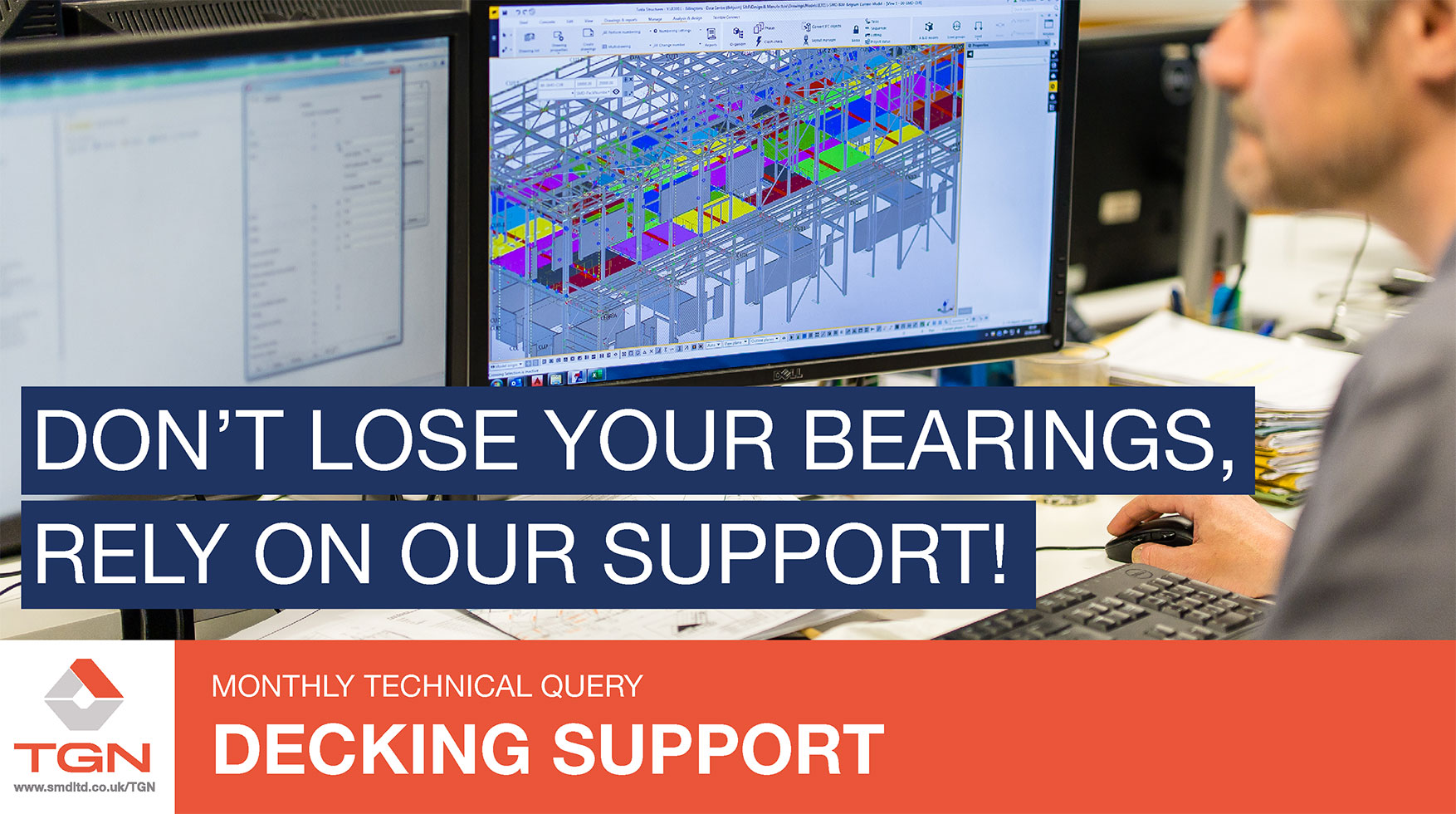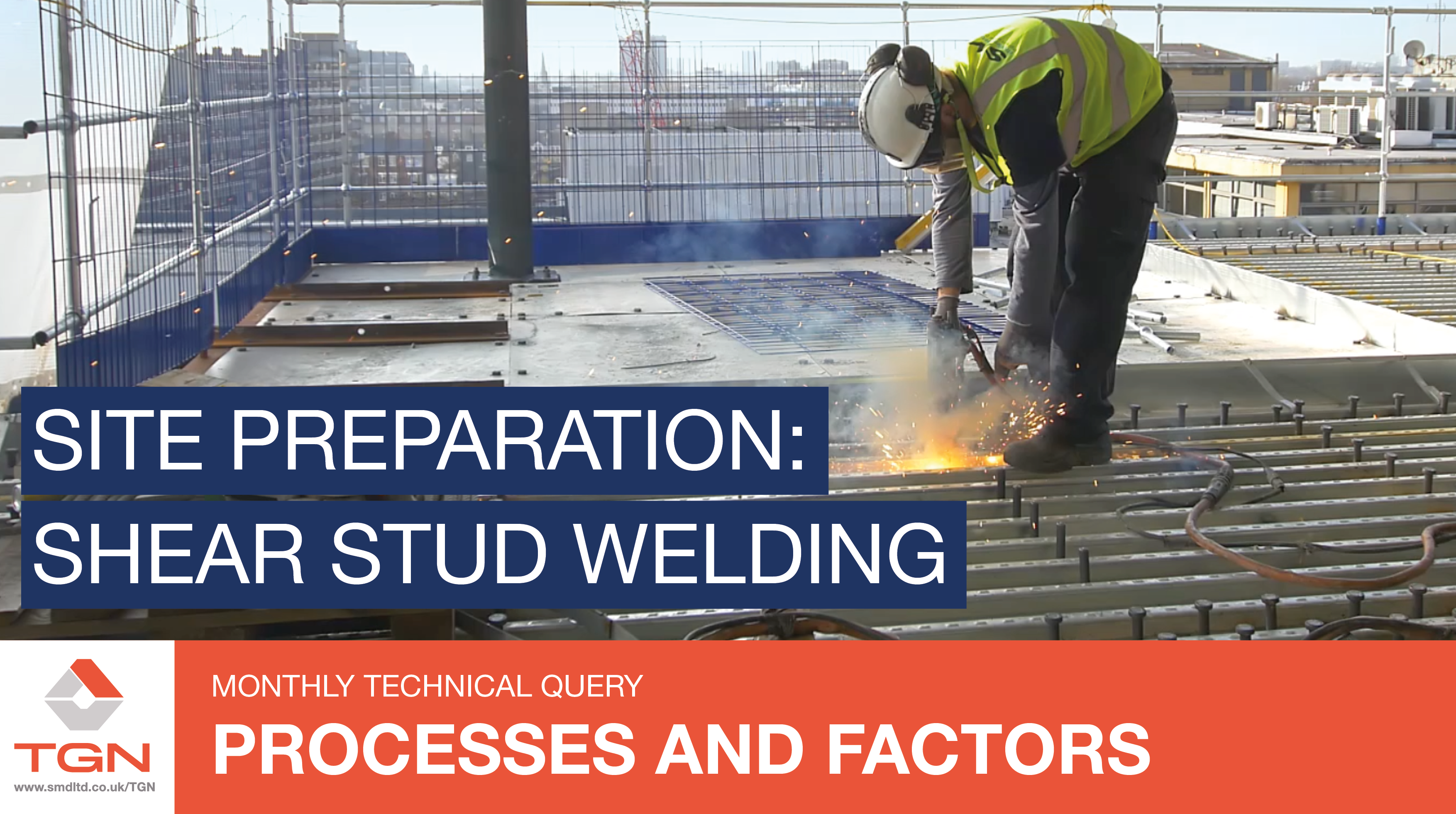
Over the past 30+ years, we’ve seen a lot of changes to site conditions to improve logistics and more importantly, health and safety. For SMD’s installation works to run smoothly and to programme, a number of key items must be carried out before and during our time on your site.
Our latest video is a quick guide relating to the metal decking work and associated activities on site. Working alongside our clients towards a shared goal minimises delays and clashes with other trades, resulting in delivering a contract safely and more cost effectively.
Watch our video, turn up the sound, like and subscribe for future video releases and any comments are welcome!
If you are unable to use sound on your device, we have recreated the video content below.
Before SMD and materials are on site.
Before our installation team are on site, there are key activities that will need consideration, planning and action to ensure a seamless process. SMD materials are typically delivered to site on articulated lorries with a flatbed trailer, so depending on site logistics, lorry size options can be changed to suit access to delivery areas. Deliveries should be requested to arrive on site as the steel frame is being erected to allow for the effective distribution of our materials.
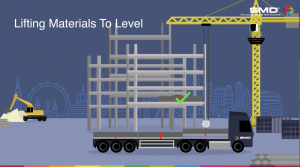
Lifting materials to level and pack locations.
Once our materials have arrived at the site, the client will need to arrange for the materials to be loaded and lifted to level to the guidelines that have been set out in the SMD drawings which show pack position and orientation. This helps to minimise the risks of manual material handling and unnecessary working at height.
Shear studs are to be lifted to level and position by the client as requested by SMD. Health & Safety is always one of our top priorities, so when moving shear studs into position it’s important that they’re not carried to level by hand.
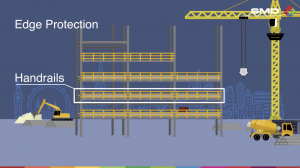
Edge protection.
Before SMD are on site, it’s important that edge protection is planned and fully installed. The handrail system must be designed and installed to the correct standards and any potential clashes with our works will need to have been considered. Maximum gaps must be reviews from the top of the steel and the finished floor height, and vertically should not exceed 450mm.
Access to level.
The preferred methods of access to higher levels are existing or new stair cases, passenger hoists, or Haki stairs. Due to Health & Safety issues ladder access isn’t ideal, but should it be the only option, tools and plant equipment must be mechanically lifted to the next level by the client.
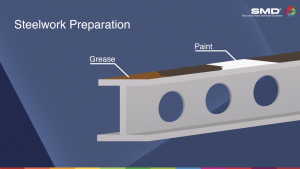
Creating the best work conditions.
Steelwork preparation is so important. When shear studs are required, steel beam top flanges must be free from paint, grease or other contaminates that could reduce the studs’ performance.
The ground conditions should be a flat, hard surface with minimal mud and standing water. The surrounding area must also be free of any obstructions including excavations, plant or machinery.
Exclusion zones.
For the safety of our SMD team and other site personnel, no other trades should work directly above or below works being carried out. Exclusion zones will be marked below the netting, decking and stud welding activity and it’s really important that this is adhered to. To ensure that this essential rule is upheld, we ask that no other works are scheduled at the same time SMD are working in these areas.
What’s more, due to the high risks involved, we won’t allow other trades access to the decked floor until it has been 100% completed and handed over. When the section of the structure that we are due work on is safe for SMD works to commence, a steel handover sheet must be completed beforehand.
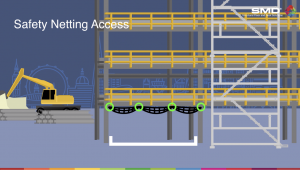
When SMD arrive on site.
When our team arrive on site, there are a few key tasks that need to be completed. Training certificates and qualification cards will need to be prepared at site induction and relevant site permits will need to be completed before any work can start.
Safety netting access.
When installing safety nets, we will need access to large spaces underneath the area as during the installation, we will need to spread the nets out. MEWPs may be required and should be considered to install safety netting, and suitable attachment points must be agreed ahead of time.
Removal of waste.
As with any work, there will be a volume of waste created during our deck installation activity. Due to Health & Safety risks of cuts and abrasions we ask that no one is to manually remove waste using the stairs or ladders. A suitable area from which waste will be collected should be agreed and removed using a pallet or skip – and it’s down to the client to organise this.
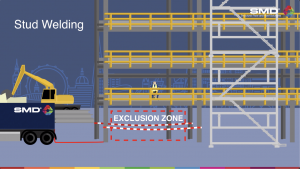
Stud welding.
As an earthing cable needs to be connected between them, SMD stud welding plants require positioning within six metres of the steel frame. Don’t forget about exclusion zones, and make sure the area underneath is cordoned off and free from flammable materials.
Working together to boost safety and minimise costs.
The successful completed of a contract with SMD will ensure a safe, smooth running of metal decking activities on site, and minimal additional costs too. We want to help our client save time and money by offering guidance on what we require to be available when we attend site.
If you have any questions you can always get in touch with the SMD Contract Team or for other tutorials, visit our website and YouTube channel.
Further Technical Guidance from SMD
Guidance on many other topics relating to metal decking works are available on SMD’s TGN Online (Technical Guidance Notes).


